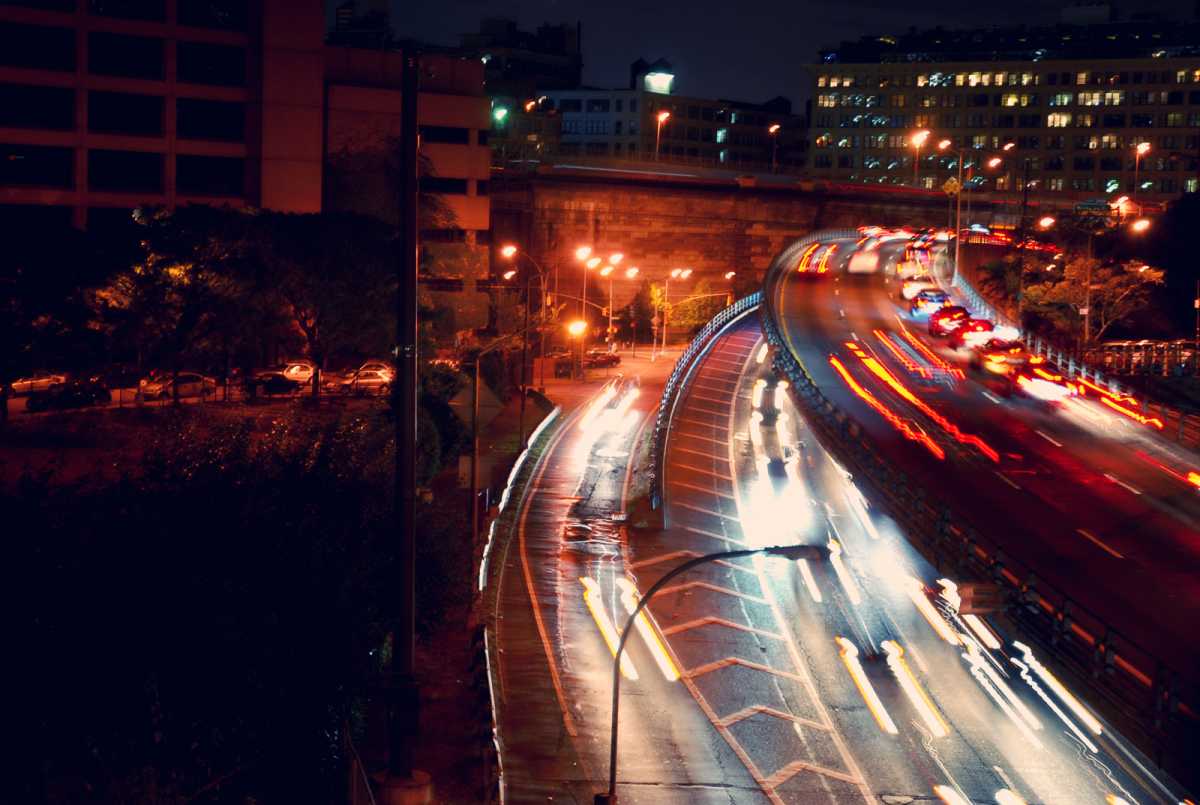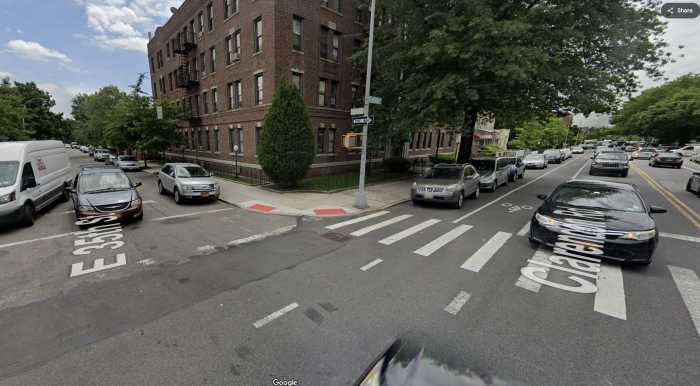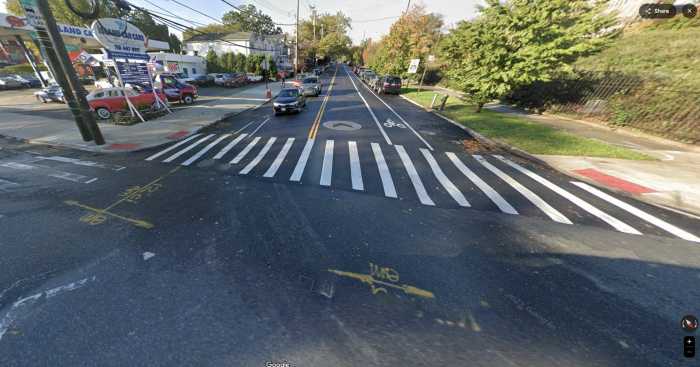With a panel of experts advising the de Blasio administration to assemble a whole other panel of city, state and federal transportation experts, it may be hard to predict how the issues with an aging portion of Brooklyn-Queens Expressway in Brooklyn Heights will shake out.
Although experts are currently recommending the six-lane roadway be narrowed to four lanes, the ideas of how to rebuild the roadway between Cadman Plaza and Atlantic Avenue have been flowing for months now.
In September 2018, Department of Transportation Commissioner Polly Trottenberg blamed master planner Robert Moses and his propensity to build big projects cheap.
In the 1940s and 1950s, Moses’ proposal to build an interstate through the community was highly controversial for the displacement is was expected to generate as well as increased noise and pollution, according to the Regional Plan Association.
The cantilever design and the promenade topping it all off was a concession to public opposition.
But more than 60 years later, Trottenberg told the public, the BQE’s useful life is coming to an end sooner than expected.
After DOT’s attempts to reach out to Brooklyn Heights residents, the agency initially came to a “rip the Band-Aid off” conclusion through a speedy, six-year overhaul plan. The cantilever would be rebuilt while a new temporary roadway constructed above it would keep cars and trucks moving.
Trottenberg at the time estimated that whole thing would cost taxpayer up to $4 billion. But the panel also advised against creating a temporary highway through the Brooklyn Heights Promenade and Brooklyn Bridge Park, something the mayor has adopted as well.
Instead, the stretch of the BQE between Atlantic Avenue and Sands Street is the focus of preservation efforts by the administration after a panel recommended in 2019 to increased enforcement of overweight trucks.
This would afford the opportunity to make repairs to the Hicks Street Wall and the most deteriorated portions of the cantilever.
Fast forward to a Jan. 31 appearance on The Brian Lehrer Show, during which Mayor Bill de Blasio conceded that resolving the failing cantilevers would require more than just a temporary solution.
“There were a lot of good counter proposals, but the one thing we have to do is make a decision on this as a city and act on it because we can’t just do this, you know, as a ‘Band-Aid.’ We can’t do this in small pieces. Ultimately, there has to be a bigger solution here,” de Blasio said.
Repairs to the Hicks Street Wall will begin this spring and end this year, according to the Mayor’s office.
“[The] DOT will begin the design process on the most deteriorated portions of the cantilever starting this summer, and work will be complete by the end of 2022,” according to a press release from de Blasio on Jan. 31.
If narrowing the roadway is an option the city goes with, de Blasio said “thank God” to the MTA finally receiving the $51 billion in funding needed to make public transportation a more viable option. He even used the opportunity to promote the Brooklyn Queens Connector, a light rail that could run along the Queens and Brooklyn waterfronts.
Either way, the bottom line for de Blasio is to get people out of their cars. Meanwhile, he’s directing the NYPD to help get big trucks off the BQE.
Just hours before his appearance on the Brian Lehrer Show, the mayor signed an executive order to build establish a new NYPD task force to control trucks on the BQE who may be violating weight restrictions. With fines of up to $7,000, de Blasio wants to pinch off any further wear and tear to the structure.
There was no mention over how trucks displaced onto streets will be regulated. Any traffic increase would potentially endanger the safety of bicyclists and pedestrians following a troubling rise in street collision deaths last year.
“We’re talking about a very fragile infrastructure and we all know there should be a federal approach to infrastructure,” de Blasio said. “There should be a huge federal infrastructure program helping to rebuild really old roadways that are necessary like the BQE, but we don’t have that.”
The Department of Transportation has estimated that the interstate will be unsafe for trucks by 2026 and all cars by 2036.





































